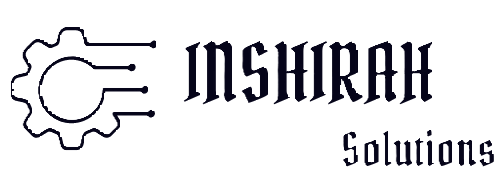In the dynamic realm of software solutions, businesses often find themselves at the crossroads: whether to invest in ready-made, off-the-shelf software or embark on the journey of building a custom solution tailored to their specific needs. This decision, framed within the “Buy vs Build” dilemma, requires careful consideration and a nuanced understanding of the company’s objectives, resources, and long-term vision.
The Case for Buying:
1. Time Efficiency:
Off-the-shelf software is readily available, significantly reducing the time required for implementation. This is particularly advantageous for businesses with urgent needs or those aiming for quick deployment.
2. Cost Savings:
Purchasing pre-built software can be more cost-effective upfront, especially when considering the development and maintenance costs associated with building a custom solution.
3. Proven Solutions:
Established software solutions often come with a track record of success. Their reliability and effectiveness have been tested across various industries and use cases.
4. Ease of Integration:
Commercial software is typically designed to integrate seamlessly with other common business tools, providing a smoother implementation process.

The Case for Building:
1. Customization and Scalability:
Building software from scratch allows for complete customization to fit unique business requirements. It ensures that the solution grows and evolves with the organization.
2. Competitive Advantage:
Custom software can provide a distinct competitive edge by offering features and functionalities that are specifically crafted to meet the business’s unique needs.
3. Total Control:
Building your software means having total control over the development process, from design to implementation. This level of control is crucial for companies with stringent security and compliance requirements.
4. Long-term Cost Efficiency:
While initial development costs may be higher, the long-term cost efficiency of a custom solution can surpass that of off-the-shelf software, especially as the organization scales.

Finding the Middle Ground:
1. Hybrid Solutions:
Businesses can explore hybrid approaches, combining pre-built solutions with custom modules to strike a balance between speed and customization.
2. Assessment and Planning:
Conduct a thorough analysis of current and future business needs. A well-defined roadmap will guide the decision-making process and align software choices with strategic objectives.
3. User Input and Feedback:
Engage end-users in the decision-making process. Their insights into daily operational challenges can provide valuable guidance on whether a pre-built or custom solution is the better fit.
4. Future-proofing:
Consider the long-term goals of the organization. While a ready-made solution might suffice for immediate needs, a custom solution may offer the flexibility needed for future growth and innovation.

